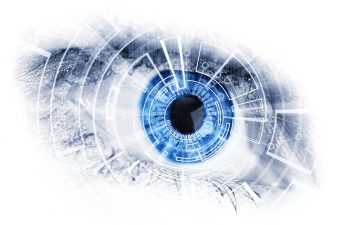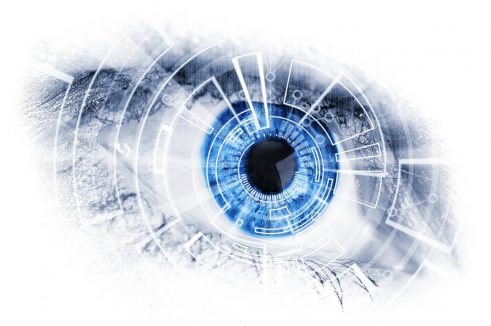
Since the Industrial Revolution, automation and mechanization have been changing the way people conduct business and create products to sell. However, this sort of change can be incredibly difficult to predict and plan for. It has been more than 200 years since the Constitution was created, and since then, many amendments and laws have needed to be made and adjusted to account for new innovations in the workforce. Today, this has led to a debate over automation and whether it is a benefit to large-scale economies or a danger to the livelihoods of the general population.
Large-Scale Production Hurting Workers
With the demands of the current economy beginning to outpace the speed at which goods are able to be produced, workers are feeling the strain in a very literal sense. Many workers, particularly those in the ever-growing warehousing industry, work grueling shifts with long-term physical consequences. A human lifting a 10-kilogram box puts approximately 180 kilograms of force on their spine, and doing this repeatedly for long shifts puts them at serious risk of injury. Likewise, many warehouses have had documented health and safety issues that are unsanitary and again put employees at risk of disease. Cockroaches can spread 33 kinds of bacteria (including E. coli and Salmonella), six types of parasitic worms, and seven kinds of human pathogens.
As conditions have worsened, many industry leaders have sought to improve public image through alternative means, though these have faced limited success. As word about the conditions many workers face in warehouses has spread, public outcry has led to many companies seeking alternative means for production.
Automation Reducing Need For Human Labor
As robotics and engineering become more advanced, more jobs are able to be replaced with automation. While originally this was limited to menial labor tasks, artificial intelligence and increased robotics capabilities have meant that more jobs previously only able to be completed by humans are now being redirected to automated means. In some cases, these pieces of machinery are able to work with the help of human operators to increase efficiency. Even food production has now seen more technological advancements. It can take up to 25 minutes to knead dough by hand; however, it won’t take nearly as much time and effort with an industrial dough mixer.
However, in many cases, automation is outright replacing human employees. Many robots and artificial intelligence programs are able to complete tasks more efficiently and accurately than humans, making them a preferred choice for companies that can afford them. Additionally, automation means not having to worry as much about workplace and environmental conditions of the job, making it easier to adopt automation than make sweeping changes to the workplace.
What About Jobs?
As more and more tasks are able to be completed with automation and more companies opt for robots over human employees, many worry about the future of the job market. While some jobs will be created by the increased demand for robots and artificial intelligence programs, it remains to be seen whether the number of jobs created is comparable to the number of jobs lost to automation. Technology has long shaped the growth and development of the job market and the economy in general. However, because of the rate at which technology is now advancing, it remains difficult to predict what the impact will be on jobs in the future, meaning the debate over automation isn’t going to end any time soon.

